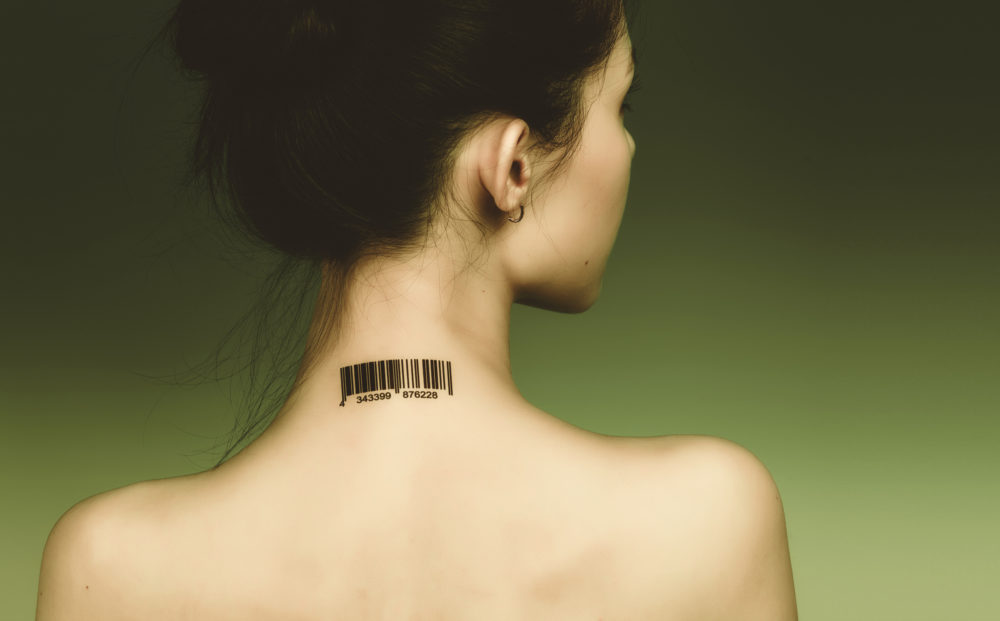I’m not the type who has ever written reminders to myself on my hand arm or other less-obvious body part, but I know that’s still something people do, even in the age of smartphones. Maybe having the reminder of that important thing on your body makes it more urgent to them?
Perhaps inspired by the human Post-It note phenomenon, a team of University of Missouri engineers has shown how using an everyday pencil and paper could someday soon allow us all to monitor our health by drawing biomedical devices on our skin.
Here’s more about the potential medical breakthrough that could mean the growing trend of telemedicine is yesterday’s news in many ways:
Zheng Yan, an assistant professor in the College of Engineering, said many existing commercial on-skin biomedical devices often contain two major components—a biomedical tracking component and a surrounding flexible material, such as plastic, to provide a supportive structure for the component to maintain an on-skin connection with a person’s body.
In the study, the researchers discovered that pencils containing more than 90% graphite are able to conduct a high amount of energy created from the friction between paper and pencil caused by drawing or writing.
Specifically, the researchers found pencils with 93% graphite were the best for creating a variety of on-skin bioelectronic devices drawn on commercial office copy paper. Yan said a biocompatible spray-on adhesive could also be applied to the paper to help it stick better to a person’s skin.
The researchers said their discovery could have broad future applications in home-based, personalized health care, education and remote scientific research such as during the COVID-19 pandemic.
Yan said the group’s next step would be to further develop and test the use of the biomedical components, including electrophysiological, temperature and biochemical sensors.
Biomedical Devices: Impressive, but Not for Me
I’ve never been and will never be a tattoo guy myself, but I know some people who get quite addicted to them and cover every available spot on their body. Sure, they look great in some cases, but it’s just not a pain I care to put myself through.
So, I don’t necessarily see myself as the type who’ll be using self-made biomedical devices to track my health. I’m fine with visiting my doctor in person as needed or relying on Zoom for virtual check-ins as needed.
Related: Telemedicine Can’t Replace In-Person Visits … Yet
Still, this option could give AV integrators an opportunity for an upsell at healthcare facilities while they’re installing those high-end unified communications and collaboration systems that allow doctors to stay connected to their patients, even during the ongoing pandemic.
I can definitely see many in the medical community being interested in using biomedical devices to allow their patients to check themselves before making an in-person visit, especially those with compromised immune systems or for whom a doctor’s visit isn’t always a simple task.
Technology like this continues to amaze me, even if I have no plans to ever use it myself. What do you think? What other applications could this have outside of the healthcare vertical market?




